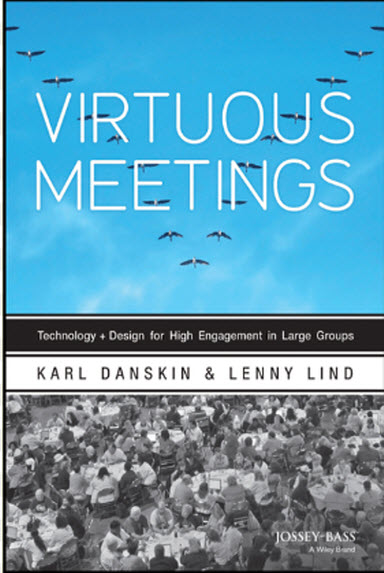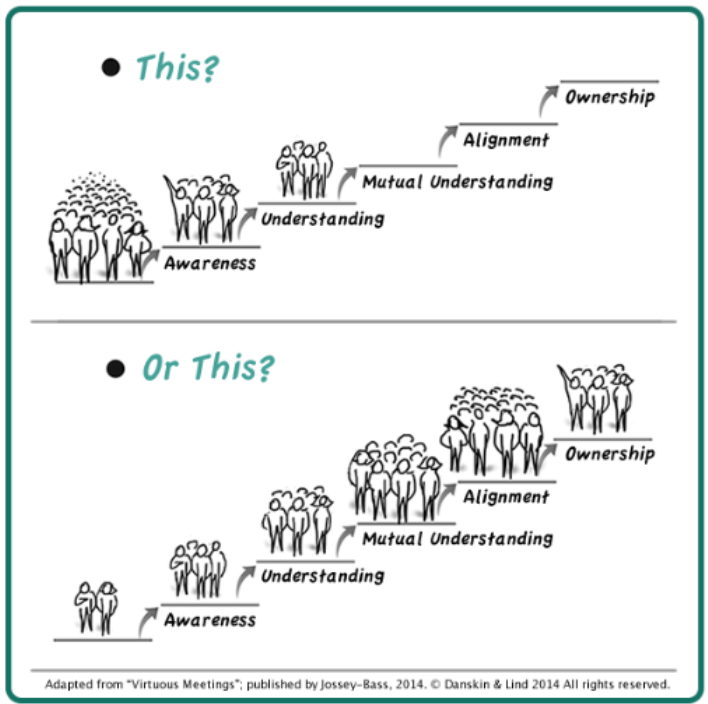Success!
Click below to open your resource. Don’t forget to save it once you do. If you forget, don’t worry, we’ll send you a copy via email as well.

Our work at WebStudy Foundation is to bring the proven methodology as outlined in Virtuous Meetings: Technology + Design for High Engagement in Large Groups to organizations serving the learn/earn ecosystem who are seeking a new approach to creating meaningful change.
“Virtuous Meetings is a simple notion—give participants back their voice, and enable them to generate ideas, solutions and understandings that move the whole group, no matter how large, forward together.”
By 2030, to educate qualified workers for future jobs, educators and employers will converge to create a ‘Business as UNusual Future’. Our future is based on what organizations do in the next six years.
It matters most what leaders and front-line workers are thinking—even thousands of them at once, who may be in the room, at satellite locations or on laptops at home.
WebStudy Foundation introduces collaborative services that liberates large groups of participants from traditional assumptions and business-as-usual Q&A and discussion tactics with a new approach for hearing and working with the contributions of all participants, live, virtually.

The proven methodology outlined in Virtuous Meetings uses design + technology + facilitation so all participants have the experience of working as an integrated team. We make the best use of the audience’s energy, ideas and time to transform what they can accomplish in collective action.
DESIGN + TECHNOLOGY + FACILITATION






Most people attend a meeting instead of solving challenges. In our convenings, multiple departments or organizations solve challenges with participatory decision-making.
The combination of design + technology + facilitation results in a convergent outcome. The audience generates new insights, new understanding, and suggestions never thought of. Leaders, philanthropists, front-line educators, employers and government agencies embark on a transformative iterative process of change.
Click below to open your resource. Don’t forget to save it once you do. If you forget, don’t worry, we’ll send you a copy via email as well.